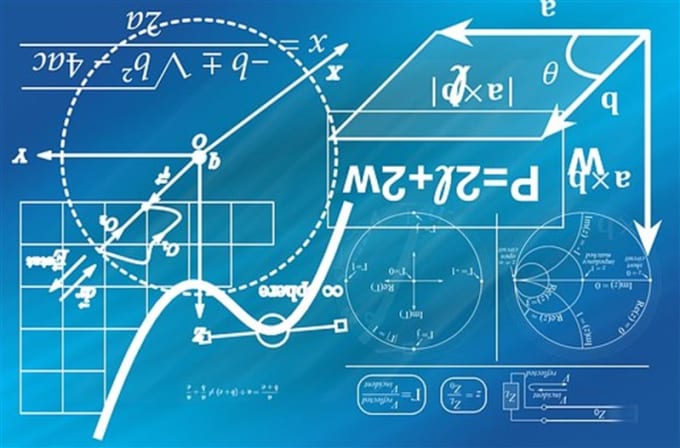
The purpose of this learning unit is to introduce you to ways of measuring, calculating and estimating physical quantities. We will also explore, analyse, critique, describe and represent certain geometric relationships.
Measurement is an important part of science, construction, art, design and a wide array of other professional fields. There are hundreds of measurement tools. Each measuring instrument serves a specific purpose for the person who is using it. There are a few measuring instruments that are more commonly seen than others.
Rulers are used to measure length, as are meter sticks and yardsticks. Rulers are used extensively in design labs and classrooms, while meters and yardsticks are more commonly used for construction purposes. A ruler measures in inches and is twelve inches long. A yardstick measures feet, inches and yards and is three feet long, while a meter stick measures meters, centimetres and millimetres and is one hundred centimetres long.
Beakers graduated cylinders and measuring cups are used to measure the volume of a liquid. Measuring cups are most traditionally found in the kitchen to measure ingredients, while beakers and graduated cylinders are usually found in a science lab. While measuring cups use measurements like tablespoons, teaspoons and cups, beakers and graduated cylinders use the metric system and measure in millilitres and litres.
Scales and balances are used for yet another kind of measurement -- the measurement of an object's weight. Balances usually have two suspended baskets. On one side, a person places the object he or she wishes to measure. On the other side, weighted cubes are added until the two sides of the balance sit evenly. However, much weight has been placed on the measurement side is how much the object weighs. Scales operate in a similar manner but do not require weight to be added and simply make the calculation through internal software or sliding weights.
Standard measuring instruments used for scientific purposes to measure the physical properties of solids, gases or liquids come in a variety of sizes and dimensions for different science laboratory uses. Most science labs have a range of standard measuring instruments as well as some more specialized measuring devices depending on the area of science being investigated.
A thermoscope or Galileo thermometer is a sealed glass tube containing a clear liquid and is different from the standard mercury-filled thermometer, both of which are used to measure temperature in a laboratory setting. Alcohol thermometers are used for measuring low temperatures and are known as spirit thermometers; they work in a similar way to mercury thermometers. Digital thermometers are also used in science labs and are the most technologically advanced temperature measuring instruments available.
There are various types of scale and balance instruments used for weighing in science. A triple beam balance scale allows you to weigh things with an accuracy of 0.1 grams and is ideal for most scientific purposes. Electronic postal scales can also be used for the same purpose, but traditionally the triple beam balance scale is the accepted instrument for science. The tubular spring scale is also a commonly used instrument for weighing objects in newton, pounds, grams and ounces.
A micrometre screw gauge is like a calliper, except it measures smaller lengths necessary in scientific experiments, and precise readings of one ten-thousandth of an inch can be accurately made. Micrometres come in a variety of designs and models.
The micrometre was invented in the 17th century by an English astronomer and mathematician to measure the distance between stars; it was later adapted to measure smaller dimensions. A micrometre can measure the thickness of blocks, slot depth and shaft diameters.
A theodolite, also called an altimeter, is an instrument used for measuring angles from zenith -- both vertical and horizontal angles - and is often used in mining. The instrument has a graduated telescopic eyepiece and measures the height or altitude above a reference point. Theodolites are used by surveyors to plot out a specific area using the angles as reference points.
A viscometer is an instrument used to measure the viscosity of liquids; the most common variety used is an Ostwald viscometer, also known as a u-tube viscometer. Rotational viscometers, another type of viscometer, are used for laboratory viscometry in food science laboratories. They use torque to rotate a spindle at a constant speed while immersed in a liquid, thereby measuring the viscosity of liquids.